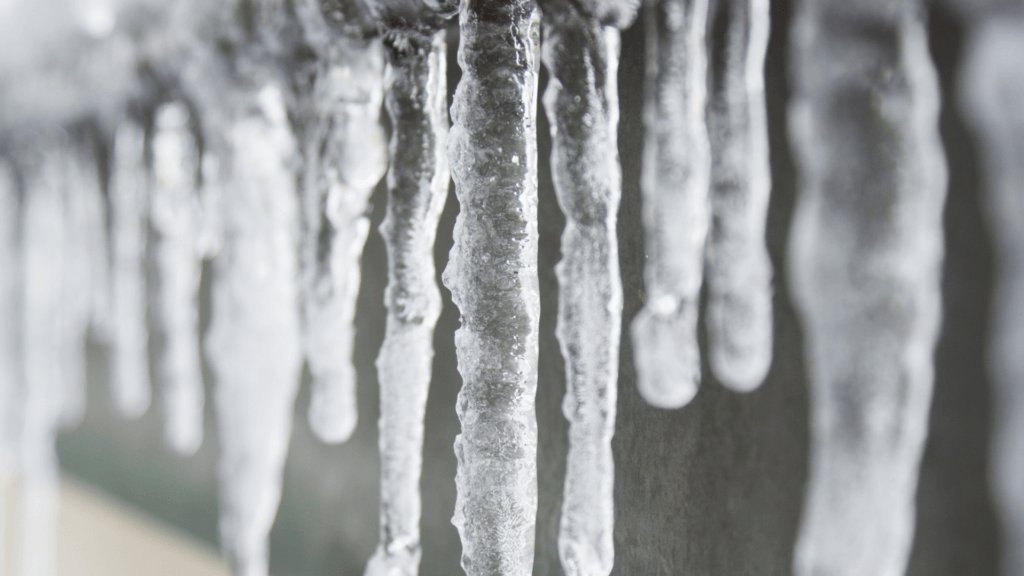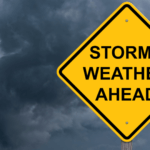
Texas is no stranger to severe weather. From intense hurricanes to tornadoes and droughts, the Lone Star State sees its fair share of extreme weather events each year. The recent freeze brought on by Winter Storm Uri, however, proved to be much different as a myriad of different factors contributed to the devastation caused by the February storm. With this in mind, it’s important for property owners to understand which factors made the freeze such an unprecedented weather event.
An Unprecedented Texas Freeze
In February of this year, Texas and surrounding states suffered the wrath of Winter Storm Uri. The storm was a deep freeze event, with temperatures in some areas dropping as low as -18°C. In addition to the intense freeze outside, Texans who were trying to keep warm inside found themselves battling frigid temperatures indoors as well after the Texas power grid collapsed. This triggered a massive amount of property damage insurance claims. According to one model, Uri’s deep freeze could result in as much as $90 billion in total losses, with $35 billion stemming from physical damage. These numbers are staggeringly higher than the $18 to $20 billion estimated shortly after the freeze occurred.
The reasons why this weather event was catastrophic, include, Uri being a major winter storm, which the southern part of our state rarely experiences, coupled with a massive power grid failure. The resulting widespread power outages compounded the impact of the freeze and caused a surge in burst pipe claims from Houston, Dallas, and Austin.
In addition, the COVID-19 pandemic provided unique challenges for service companies and victims of the winter storm to navigate. Typically, when catastrophic weather events occur, restoration companies bring in employees from all over the nation. These workers are used to dealing with average volume and/or customer demand, but not the extreme numbers this Texas freeze caused. The large-scale impact necessitated bringing in extra workers to assist with damage remediation, but COVID-related travel advisories, quarantine regulations, and health and safety guidelines all still had to be adhered to, adding additional challenges.
Nearby states like Oklahoma, Kansas, Missouri, and Tennessee, also suffered the effects of Uri and were covered in snow and ice. This only increased the excessive customer demand, leading to less restoration employees being available to send to Texas.
How Commercial Property Owners Should Prepare For Extreme Weather Events
While the impact of extreme weather events is often not felt until its aftermath, having a comprehensive emergency plan in place for worst-case scenarios is important. Even in the event a storm or other natural disaster is described as small, it could still cause devastating damage to a business. While there are many different elements that could be included in an emergency plan, some key considerations for commercial property owners include:
How To Protect Employees and Others On Your Property
Should an extreme weather event happen during business hours, protecting those inside the business is of paramount importance. Safe evacuation procedures should be designed and offsite-meeting areas should be designated where management can assess if anyone is injured or needs help. This is particularly important for larger commercial structures and businesses that utilize industrial machinery and/or hazardous materials that can cause significant additional damage.
How Property Can Be Damaged
When creating an emergency plan, the potential for property damage – both to the structure as well as to items located inside the building – should be considered. Property owners should identify essential structures, products, equipment, inventory, and utility services and install prevention and safety systems for added protection. For instance, surge protectors can help prevent damage to electronic equipment and storm shutters can help protect windows and prevent debris from flying indoors.
How To Secure Data And Important Records
In the event a business relies heavily on electronic records and computer systems, multiple backup plans with redundancies should be put in place. Software should automatically run scheduled backups to external hard drives and that information should be routinely reviewed to ensure all items are backed up and everything is accessible. In addition, regularly backing up files and data to remote servers through a cloud based service can also help keep important documents safe during and after a major weather event.
Consider Operating Remotely
Many workers continue to work remotely amid the COVID-19 pandemic, while others are returning to the office. For those working in an office space when an unprecedented weather event occurs, a business continuity plan can help keep everyone on track should physical operations be interrupted. In the event a business requires a physical worksite, the owners should identify alternate locations where it can continue to operate.
Protecting The Best Interests of Commercial Property Owners
As many Texas-based businesses have seen with Winter Storm Uri, Hurricane Harvey, and many other severe weather events, disaster can strike at almost any time. While these events can be devastating to a business, owners may believe that as long as they have proper commercial property insurance coverage in place, they can rest easy.
Unfortunately, even if a business has the proper coverage in place, insurance companies can still attempt to delay, underpay, or flat-out deny valid claims. At Raizner Law, our attorneys are well versed in the different tactics insurance companies employ to avoid paying policyholders. If your business has filed a valid property damage claim only to see its insurer delay or deny coverage, contact our office today to learn more about how we can help.


